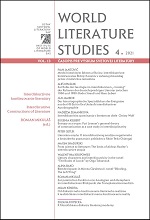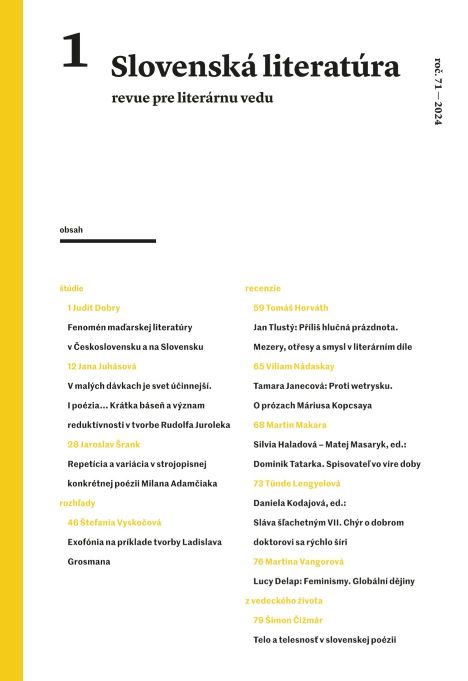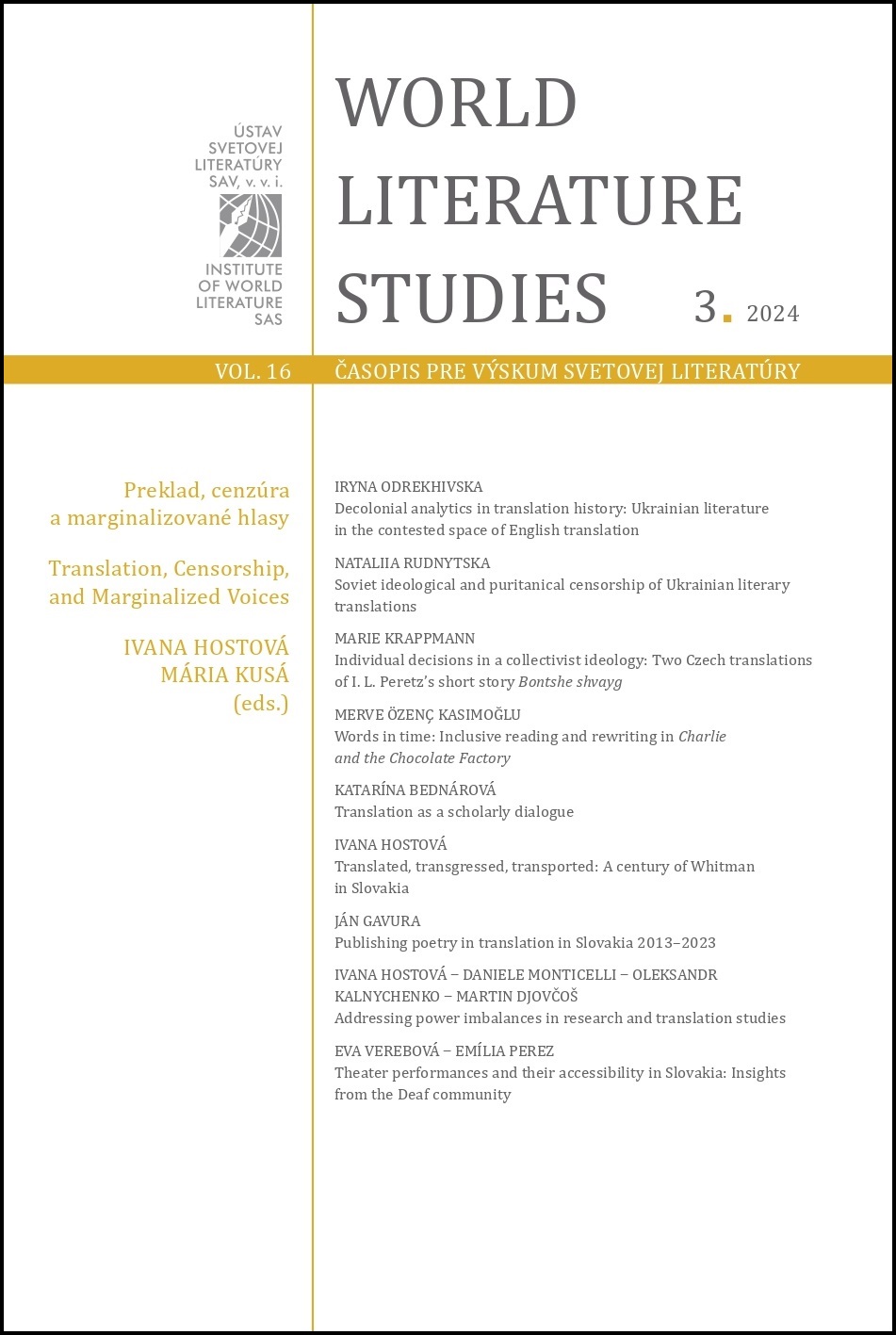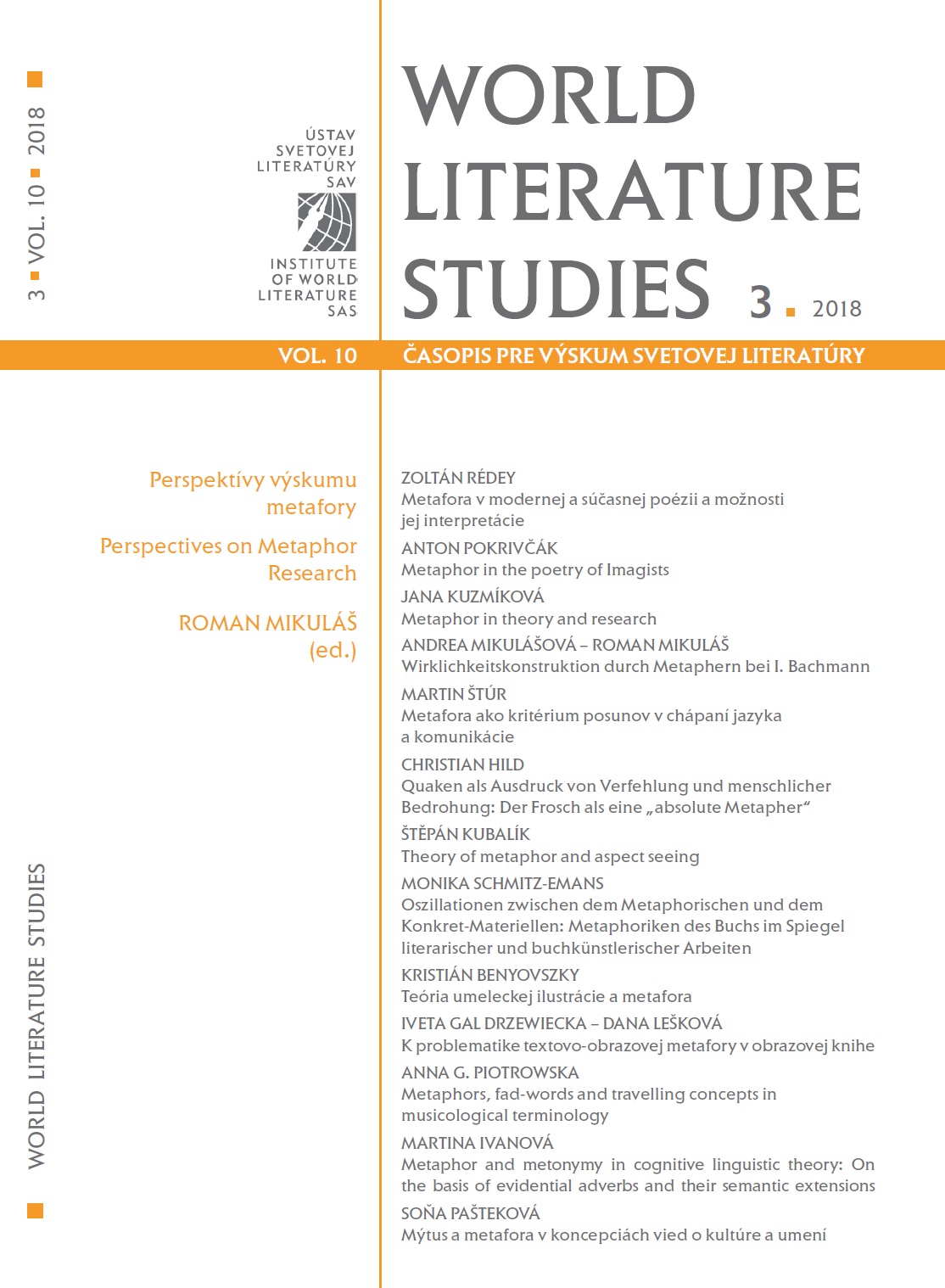
Metafora v modernej a súčasnej poézii a možnosti jej interpretácie
The article is focused on the role of metaphor in 20th- and 21st-century poetry, its aesthetic,semantic as well as cognitive function, measure and way of its presence in the lyrical text– the share of metaphor in the creation of a general aesthetic value and sense of the poem.The author is interested in the possible interpretations of poetic metaphor not only within traditional descriptive-classifying poetological or rhetorical-stylistic interpretive models,but also in a methodologically wider context, e. g. also in the light of current conceptually and cognitively-based theories. In this sense, he concentrates on two main aims or problem areas: 1. an attempt to reinterpret the classically understood poetic metaphor and its traditional theoretical understanding on a synecdochically selected example from Slovak literarymodernism or post-symbolism, Novomeský’ s poem “The Thousand and One Nights” (“Tisíca jedna noc”); 2. in the background, the problem and specificities of metaphor in recent and most recent poetry via concrete illustrative textual extracts from a more widely-understood current author (Štrpka’ s text). The study also touches upon the questions of the pragmatics of metaphor, as a way of constituting the meaning of the poem.
More...
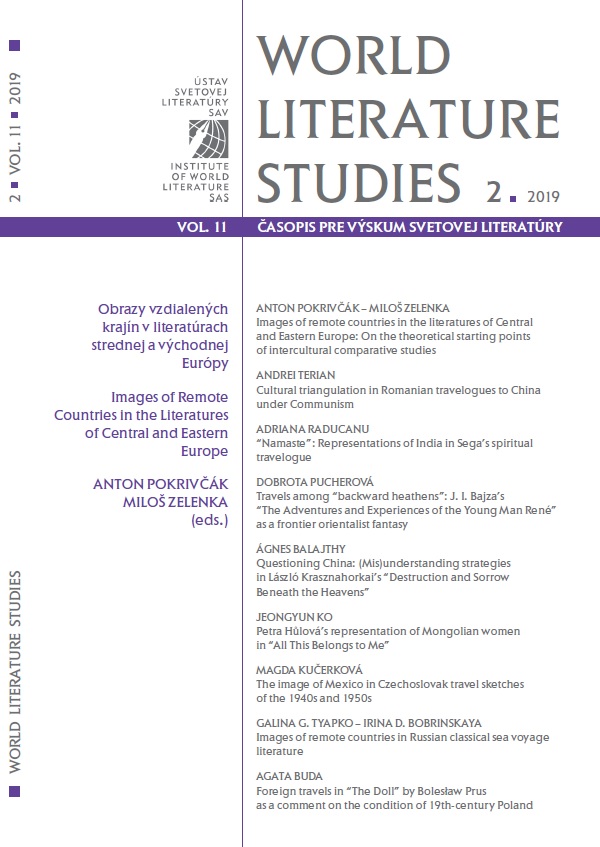
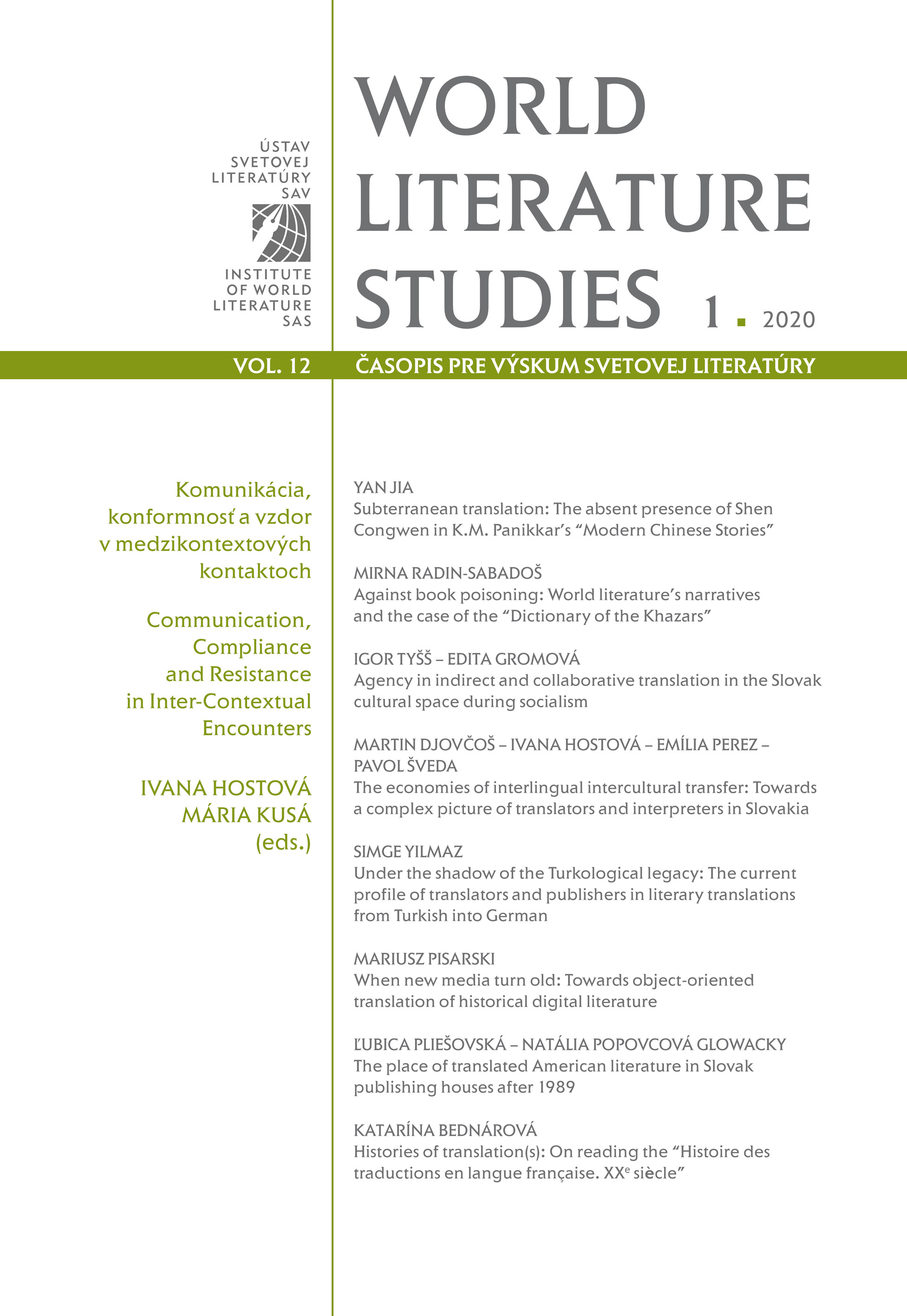
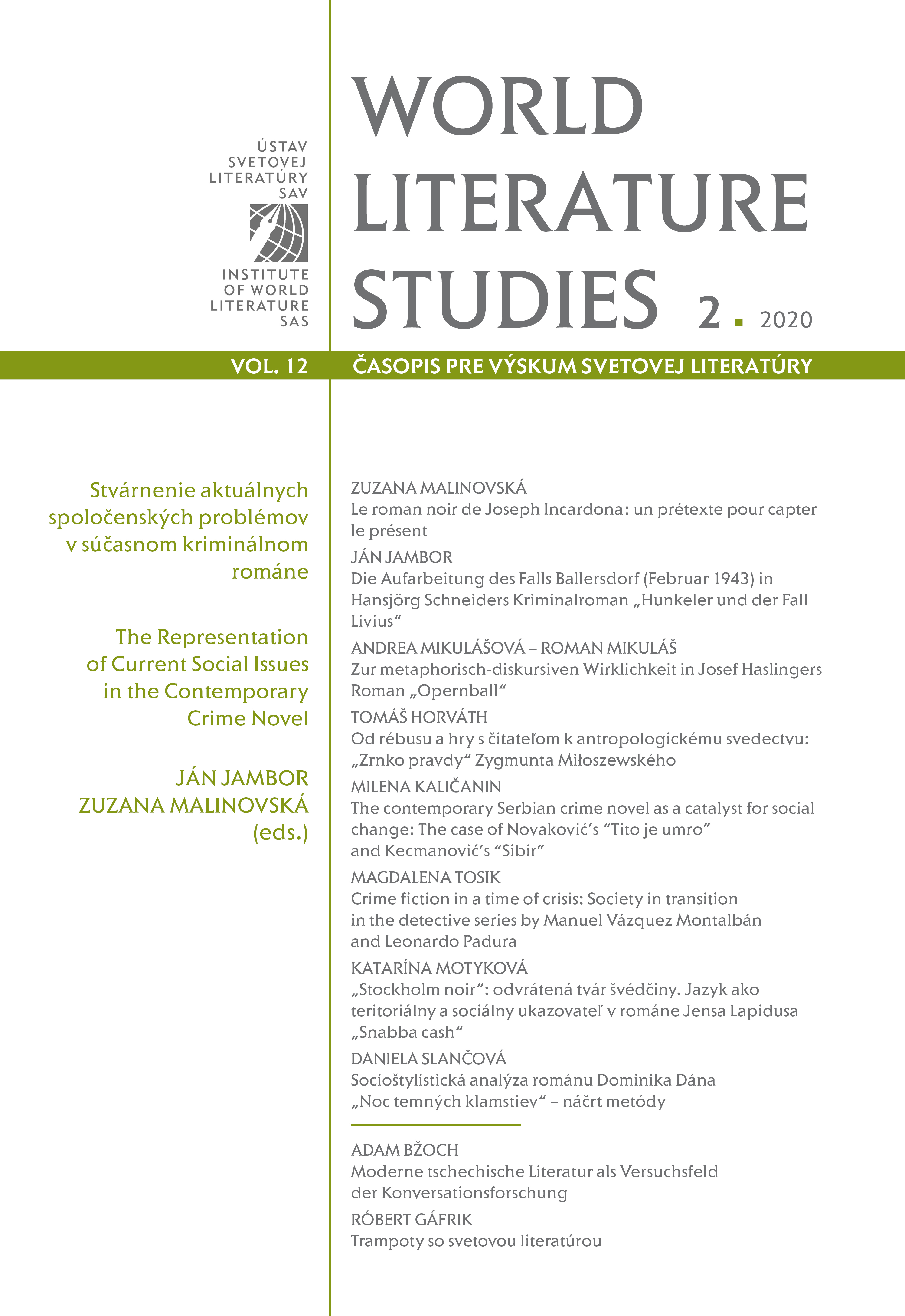
![Renáta Bojničanová – Tamara Šimončíková-Heribanová (eds.): Komplexnosť tvorivosti. Zborník príspevkov k jubileu Márie Bátorovej [The Complexity of Creativity. Proceedings for the jubilee of Mária Bátorová]](/api/image/getissuecoverimage?id=picture_2021_60140.jpg)
